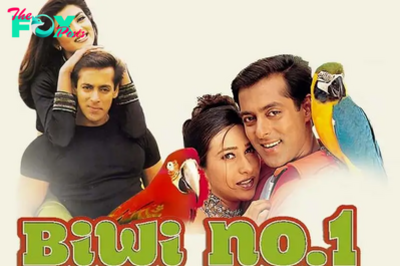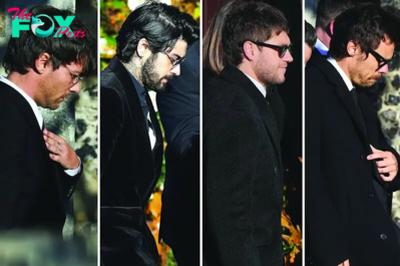Lifestyle
Waheeda Bano's food for thought | The Express Tribune
Waheeda Bano Baloch is, first and foremost, effervescent. Pressed for time, we meet over Zoom, its forty-minute limit infusing our conversation with a familiar urgencyone of the many relics of life under COVID-19 not long ago. True to her first impression as a patient educatorshe is an Associate Professor at the University of Sindh JamshoroWaheeda is incisive, warm, and adept at bridging the digital divide.
This year, she steps into a new role as the first woman to curate the Karachi Biennale.
"I never thought I would learn to curate," she told The Express Tribune after KB24 had been running for over a week. "Anyone can get some friends together and curate something." The word curation comes with a deceptive intuitiveness. A broader audience is exposed to a sliver of its essence in a terminally online milieu. Social media feeds are curated, as are music playlists. In practice, a layman's understanding of curation might land somewhere between gathering and collecting, or their more bureaucratic sibling: caretaking.
To curate an exhibition for Karachi's public in 2024, however, charts the long evolution of the practice. "Over time, curation has matured beyond caretaking. It is about who is assembling ideas and concepts. It's not just about telling a new story with the new, but using the old to tell new stories," explained Waheeda, who holds an MA in Curating Art, Law, and Management from Stockholm University.
The exhibition, titled Rizq | Risk, explores the duality of sustenance and uncertainty as a "perPetual paradox," creating a platform for critical conversations on food security, sustainability, social justice, and cultural heritage. Meeting over Zoom felt fitting, amplifying the déjà vu that underscores our current context and the urgent call to return: to the body, to the planet, and to a present that teems with cosmic, necessary possibilities.
Behind the vision
As is the case with most debuts, there is a certain expectation of innovation, and being the first woman to curate the Biennale places Waheeda under the spotlight of that desire for departure from the past.
How much does being a woman inform curatorial practice? According to her, the capacity to offer astute gendered commentary requires more than just occupying a position of iNFLuence; it demands active, intentional engagement. She keenly recognises the heightened sensitivity of such questions, especially in a cultural climate where identities are perPetually under scrutiny.
"An artist visiting the exhibition said to me, 'I sense a feminine energy.' I have been getting all these reactions, but I don't think my gender plays into my practice in such a tactile manner," she said with a laugh. Her incredulity is not misplaced. All firsts carry the burden of having to produce something stark and extraordinary. But a woman talking about gender is as ordinary as it gets.
Waheeda reasoned, "My being a woman aids a certain contextualisation. But most women talk about gender. I can't see myself working as a curator and being overwhelmed by the fact that I am a woman." This year, her approach was to present a multifaceted display where gender is just one aspect, undeniably intertwined with the larger question of food security.
But she is generous in lending her identity to a bigger conversation. "Talking about food security and women is the major reason why my gender becomes relevant. I come from interior Sindh, a Baloch woman, and the first to curate for KB."
Food security in focus
From art and fiction to policy and the political sphere, food security has long animated the public imagination. Once upon a time, the great famine in an unnamed town ravaged its people. Real-life counterparts feel just as distant, their staggering toll decimating countless livelihoods. The Great Chinese Famine claimed tens of millions of lives from 195961, just a decade after the deadly Bengal Famine of 1943.
Of course, famines are just one example of food-related crises throughout history, and particularly now, as life stands at the precipice of man-induced climate catastrophe.
"Right now is the time to think about ourselves," Waheeda echoed a rapidly universalising call. "We are faced with climate change, massive land problems, not to mention all sorts of technologies like hybrid seeds and pesticides. Food security is an indispensable part of today's lexicon."
What was once lazily dubbed "global warming" has now differentiated into a new flurry of concerns. It may look like the thick, poisonous blanket of smog choking cities in Punjab, recurrent heatwaves in Karachi, and millions of acres of crops lost to floods in Sindh and Balochistan.
Karachi Biennale's approach to these issues is up for debate, as is its execution. As always, such avenues prompt fresh inquiries into access and who gets to make, consume, and interpret art. But Waheeda remains optimistic, touching base with the roots of making art.
"I didn't want it to be mundane," she said. There is occasional wisdom to be found in letting one's imagination run wild. And the curator is aware of a growing indifference to climate doom-mongering. "This is why the layout is such that every venue offers something different. Visitors won't feel that they are experiencing the same themes everywhere."
Global crisis, local canvas
One aim of this creative agenda was to accentuate the glocal nature of environmental anxieties. As floods, tsunamis, and forest fires make headlines globally, Waheeda hopes to "revisit History" and trace lineages of colonial extraction and its enduring forms.
Among the works on display, a specialised cookbook in Sambara Gallery raised the question: what happens to food during wartime? Titled Nofood - Starvation Cookbook, Polish artist Karolina Brzuzan's work presented recipes from dire situations where extreme hunger and survival dictated meal choices. Brzuzan's approach reconstructed some of these dishes such as potato peels, once a staple for Holocaust survivors, now sustaining Gazawhen any food is allowed past the blockade.
Artist Ayesha Jatoi's installation at Frere Hall, Flesh and Blood, invited visitors to ten pairs of steel utensils, laden with "blood" and scattered rubble, discreetly placed in a busy area. Interspersed with familiar images of social media iNFLuencers, the piece drew attention to the grim realities of the Gaza genocide.
At home, Waheeda talked about the personal resonance of Khushboo's documentary. A filmmaker from Gilgit-Baltistan, Khushboo's film Fading Heaven follows Morko Valley's Muhammad Ali in the face of glacial melt and food crisesstriking a known chord.
"My maternal family used to live in Hazara. My grandfather was a large landowner there, but now no one wants to cultivate the land. There's no water. My cousins say we have this or that much land, but it's useless. It's all barren now," she shared.
But there is hope.
Khushboo's protagonist refuses to leave his village, even after everyone else has deserted it. High up in Pakistan's Himalayas, locals marry male glaciers to female glaciers in an ancient indigenous practice. Culturally known as glacier marriage and scientifically as glacier grafting, the practice involves transplanting ice from one glacier to another to encourage the growth of new ice.
"One of the artists this year is Tino Sehgal, a prominent name in the Western art world, and he's also a very expensive artist. Someone asked me how I managed to bring him here. My answer was that he's incredibly generous. There are still people who don't think about money all the time. There are still people trying to mend the world," said Waheeda.
-

 Lifestyle2h ago
Lifestyle2h agoBREAKING: One Direction stars gather at former member Liam Paynes funeral, and a surprise meeting between Kate Cassidy and Cheryl Cole sparks see more.cau
-

 Lifestyle2h ago
Lifestyle2h agoBREAKING NEWS: Keanu Reeves Refuses to Present Whoopi Goldbergs Lifetime Achievement Award: Shes Not a Good Person Full story.cau
-

 Lifestyle7h ago
Lifestyle7h agoHOT NEWS: KELCE NOT HAPPY- Travis Kelce vents his anger UP over Chiefs first loss, That makes me angry..cau
-
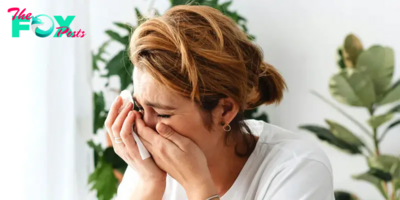
 Lifestyle7h ago
Lifestyle7h agoI Couldn’t Reach out to My Husband for Days – Then My Mother-in-Law Called Me & Revealed the Shocking Truth
-
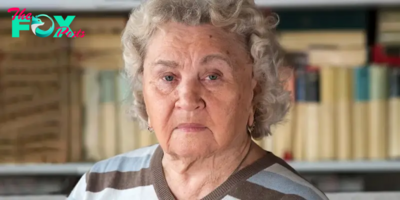
 Lifestyle7h ago
Lifestyle7h agoMy Stepmom Made Me Sleep in a Shed and Gave My Room to Her Kids — My Mom Immediately Brought Her Back Down to Earth
-
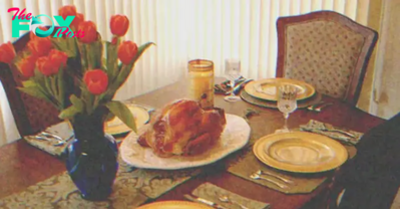
 Lifestyle7h ago
Lifestyle7h agoWoman Comes to Meet Her Fiancé’s Parents and Sees Another Woman Posing as Her at the Dinner — Story of the Day
-

 Lifestyle13h ago
Lifestyle13h agoFans react after single Kim Kardashian hangs out with $30K Tesla robot: Low-maintenance boyfriend.cau
-

 Lifestyle13h ago
Lifestyle13h agoElon Musk: 53-Year-Old Welcomes Twelfth Member to His Growing Family and Everyone Says So.cau


